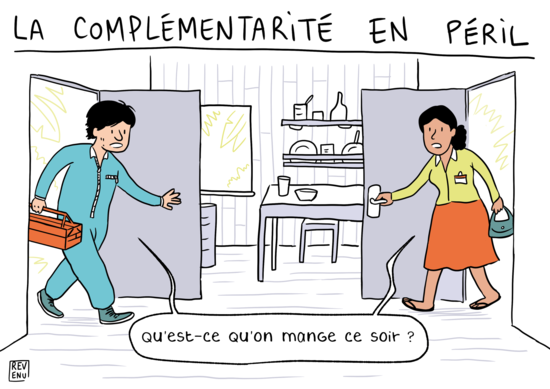Eating in a town in the Amazon Forest: the synergy between men and women is evolving
Esther Katz
Institute of Development Research, UMR 208 PALOC IRD/MNHN
In the Brazilian Amazon, around 70% of inhabitants now live in towns. Over the past 30 years, large and small towns alike have seen their populations grow exponentially. This is the case for Santa Isabel (7 000 inhabitants), a small town located on the banks of the Rio Negro, 600 km upstream of Manaus. Amerindians from some 20 ethnic groups, mainly Arawak and Tukano live there, in addition to people from the North-East Region and descendants from the Portuguese merchants. Some residents still have fishing and farming activities near the town. These are the two main traditional subsistence activities since the local diet is based on a wide variety of fish and cultivated plants, including cassava. Traditionally, in clan-based patrilineal and patrilocal societies, the women do the farming and the men do the clearing, help with some farm activities, fish, hunt and make the wicker cooking utensils. In the town, some of the residents have a salaried job, which limits their involvement in these activities, and not everyone has access to land.
With the growing population, the fishing resources have dwindled near the town. Fishermen have to go further afield for a catch, to the point where fishing is becoming a professional activity. The young are less and less keen to do hard physical work like their parents. Farm production is largely dependent on the older women, who ask members of the family to help with certain tasks, in particular preparing cassava flour. The synergy between the roles of men and women is less clear when couples are no longer dedicated to subsistence activities. If family members are not involved in these activities, families tend to eat more processed food. In the home, women still do the cooking, but as they lose their knowledge of agricultural diversity, they also lose the culinary know-how associated with it.

